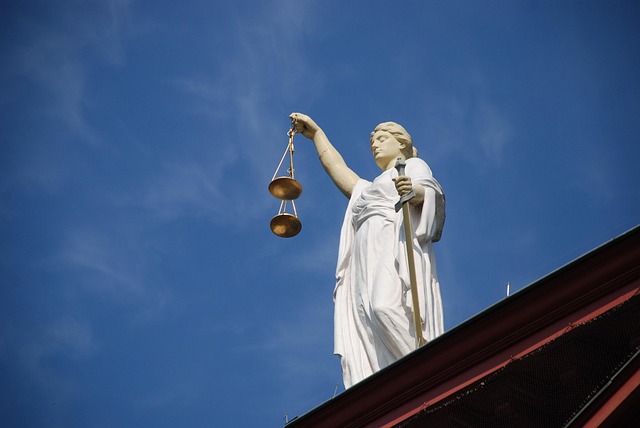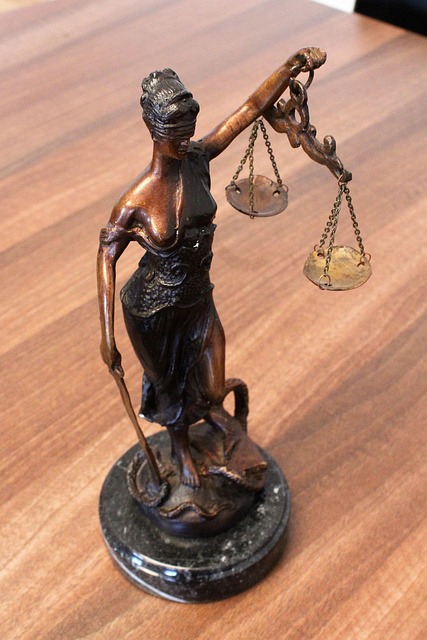Overturning a wrongful conviction involves navigating complex legal procedures and strategic challenges. Key steps include gathering new evidence, examining trial records for errors, utilizing expert testimonies, and cross-examining witnesses to expose inconsistencies. The appeals process demands meticulous preparation of legal briefs, focusing on factual inaccuracies or legal rights violations. Success stories highlight the importance of comprehensive investigations, expert testimony, and close scrutiny of evidence as effective defense strategies.
“Criminal law cases involving wrongful convictions have long been a focal point in the pursuit of justice. This comprehensive guide delves into the intricate world of reversing unjust sentences, offering valuable insights for those seeking to understand and navigate the complex process. From recognizing wrongful conviction cases to successful appeals strategies, including evidence challenges and step-by-step appeal navigation, this article provides essential information on the steps to overturn a wrongful conviction. Learn from real-life success stories and gain invaluable lessons in our exploration of criminal law’s fine lines.”
- Understanding Wrongful Conviction Cases
- Gathering Evidence for Appeal
- Legal Strategies to Challenge Evidence
- Navigating Appeals Process Step-by-Step
- Success Stories and Lessons Learned
Understanding Wrongful Conviction Cases

Understanding wrongful conviction cases is a complex process that involves delving into the intricate legal procedures and rights of both corporate and individual clients. These cases, where an innocent person is convicted of a crime they did not commit, can have severe repercussions. Therefore, it’s crucial to understand the steps to overturn a wrongful conviction, which often starts with thorough investigation and robust legal representation.
The journey towards justice begins by gathering compelling evidence that challenges the initial verdict. This may include re-examining case files, conducting new investigations, or utilizing advanced forensics and expert testimonies. The goal is to present a comprehensive argument in court, where jury trials play a pivotal role in ensuring a fair determination. Through these steps, legal teams can advocate for their clients’ innocence, ultimately aiming to set the record straight and provide closure for the wrongfully convicted.
Gathering Evidence for Appeal

Gathering evidence for an appeal is a critical step in the process to overturn a wrongful conviction. The first steps involve a thorough review of the trial record, identifying any errors or inconsistencies that may have impacted the outcome. This includes examining the prosecution’s case, defense strategies, and the judge’s rulings. Legal professionals can then focus on obtaining new evidence, such as witness testimonies, expert opinions, or forensic analyses, which could potentially strengthen the appeal.
For his clients, achieving extraordinary results often hinges on these efforts. By presenting compelling evidence that was previously unavailable or overlooked, legal teams can create a strong case for review. Avoiding indictment and securing a retrial are possible outcomes if the appellate court finds sufficient merit in the appeal, demonstrating the importance of meticulous preparation and the pursuit of justice.
Legal Strategies to Challenge Evidence

In any criminal law case, especially when aiming to overturn a wrongful conviction, understanding legal strategies to challenge evidence is paramount. The general criminal defense team must carefully scrutinize every step of the investigative and enforcement process to identify potential errors or violations that can undermine the case against their clients. This involves rigorous cross-examination of witnesses, thorough examination of physical evidence, and a deep dive into procedural issues like illegal searches and seizures.
By employing these steps to overturn a wrongful conviction, a competent defense attorney can expose inconsistencies, question credibility, and highlight procedural flaws. This strategic approach not only strengthens the defense case but also ensures that justice is served, even in the face of seemingly overwhelming evidence against their client.
Navigating Appeals Process Step-by-Step

Navigating the appeals process is a crucial step for anyone seeking to overturn a wrongful conviction. The journey begins with a thorough review of the case, identifying potential errors or omissions during all stages of the investigative and enforcement process. This includes examining evidence collection, witness testimonies, legal arguments presented at trial, and any procedural mishaps. A skilled white collar defense attorney plays a pivotal role in this initial evaluation, ensuring that every angle is explored.
Once these steps are completed, the next phase involves filing an appeal with the appropriate court. This process typically requires meticulous preparation of legal briefs, where the appellate counsel articulates the reasons for overturning the conviction. Each stage demands careful attention to detail and adherence to strict deadlines. By presenting a compelling argument based on factual inaccuracies or violations of legal rights, there’s a chance the decision can be reversed, offering justice for those wrongfully convicted.
Success Stories and Lessons Learned

In the realm of criminal law, success stories often emerge from cases where individuals have been wrongfully convicted and later exonerated. These victories not only provide a sense of justice for the innocent but also offer invaluable lessons for general criminal defense strategies. By studying these cases, attorneys can identify common pitfalls and develop more robust defenses, ensuring better outcomes for their clients.
The journey to overturning a wrongful conviction typically involves meticulous steps, including thorough investigations, expert witness testimony, and a comprehensive examination of evidence. Many successful appeals have been built around uncovering previously unnoticed mistakes in police procedures or the presentation of evidence during jury trials across the country. This demonstrates the importance of diligent case preparation and a strategic approach in general criminal defense practices.
In navigating the intricate process of overturning a wrongful conviction, understanding the nuances of criminal law cases is paramount. From recognizing wrongful conviction scenarios to employing strategic legal challenges, this article has outlined practical steps and shared valuable insights from success stories. By gathering compelling evidence, effectively questioning its integrity, and meticulously following the appeals process, individuals can strive for justice. Remember, each case is unique, but armed with knowledge and perseverance, there is hope to rectify past mistakes and ensure fair outcomes in the legal system.






